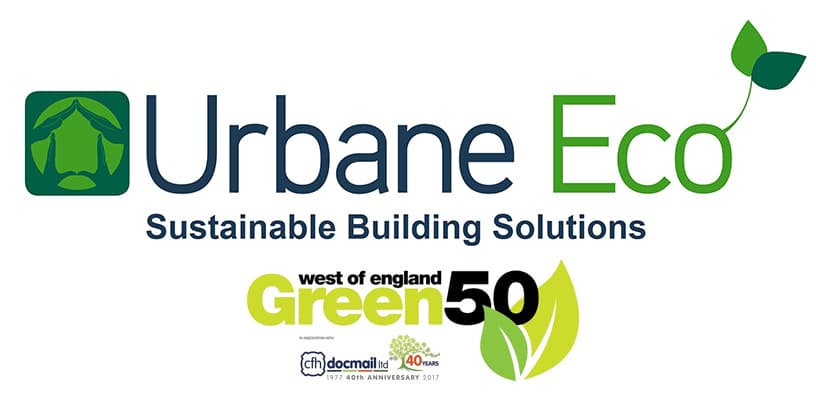Elevate Your Building’s Sustainability with Wood Fibre External Wall Insulation
In the quest for eco-friendly and energy-efficient building solutions, the choice of external wall insulation plays a pivotal role. Urbane Eco is committed to providing sustainable options, our most sustainable of which is wood fibre external wall insulation. Let’s delve into the benefits of wood fibre compared to the alternative systems we offer of rockwool and expanded polystyrene (EPS).
1. Environmental Impact:
- Wood Fibre: Derived from waste wood, wood fibre insulation is a natural and renewable material, making it an environmentally conscious choice.
- Rockwool: Although effective insulation, rockwool production involves high energy consumption from heating volcanic rock until it becomes molten (1400°C), contributing to a larger carbon footprint.
- EPS: Expanded polystyrene is derived from petroleum-based materials, posing environmental concerns due to its non-renewable origin. Made from polystyrene, a plastic.
2. Thermal Performance:
- Wood Fibre: Offers excellent thermal insulation properties, helping regulate indoor temperatures and reducing heating or cooling energy consumption. Wood fibre performs well under both steady-state conditions and varying temperatures.
- Rockwool: Known for its thermal resistance, rockwool performs well but does not match the natural insulation capabilities of wood fibre.
- EPS: While effective, EPS insulation does not provide the same level of thermal performance as wood fibre. Though matching thermal conductivity (and hence U-value), EPS does not compete with the thermal diffusivity of wood fibre, i.e. how long it takes heat to change the temperature of the material itself. Find a comparison of thermal conductivity and thermal diffusivity here.
3. Moisture Regulation:
- Wood Fibre: Has natural moisture-regulating properties, preventing condensation and maintaining a healthy indoor environment. The boards are able to absorb and desorb moisture extremely well, ideal for the health of the existing building structure.
- Rockwool: Can be prone to moisture absorption, which can lead to reduced insulation efficiency and potential mould issues. Rockwool boards can absorb moisture well but desorb very slowly.
- EPS: Susceptible to moisture infiltration, which can compromise its insulation capabilities over time. EPS boards diffuse moisture incredibly slowly. Polystyrene has a closed-cell structure, meaning no air can get inside the beads. The air gaps between the beads allow manufacturers to claim the board is not completely closed-cell but clearly it lacks the moisture transportation of natural materials.
4. Carbon Sequestration:
- Wood Fibre: Acts as a carbon sink, sequestering carbon dioxide throughout its lifecycle, contributing to a carbon negative status. The boards are made from waste wood.
- Rockwool: Lacks the inherent carbon sequestration benefits associated with organic materials like wood fibre.
- EPS: Has a carbon footprint associated with its petroleum-based production, lacking the natural sequestration benefits of wood.
Conclusion:
Wood fibre external wall insulation emerges as a frontrunner in sustainable building practices, excelling in environmental impact, thermal performance, moisture regulation and carbon sequestration. Choosing wood fibre not only aligns with Urbane Eco’s commitment to sustainability but also ensures a resilient and energy-efficient building envelope for years to come.
